This post may contain affiliate links which means I will get a commission if you make a purchase at no additional cost to you. As an Amazon Associate I earn from qualifying purchases. Please read my disclosure for details.
Dining at a high-end restaurant can be a luxurious experience—white tablecloths, impeccable service, and beautifully plated dishes. But when the bill arrives, the sticker shock can be real.
Many fine-dining establishments charge exorbitant prices, often making you wonder whether the meal was truly worth the cost. While quality ingredients and skilled chefs play a role, there are other hidden factors that drive up prices. Here are seven reasons high-end restaurants overcharge you.
1. The Experience Is Part of the Price

WANT TO SAVE THIS RECIPE?
When you dine at a high-end restaurant, you’re paying for much more than just the food. The ambiance, the plating, the service, and even the carefully curated music are all part of the experience.
Restaurants invest in luxurious décor, top-tier tableware, and well-trained staff to create an atmosphere that feels exclusive. This premium experience is factored into the cost, making your meal more expensive than the sum of its ingredients.
2. High-Quality Ingredients Come at a Price

Many upscale restaurants pride themselves on sourcing the finest, freshest ingredients, often from organic farms, sustainable fisheries, and specialty suppliers. Wagyu beef, truffle-infused sauces, and fresh seafood flown in from Japan all carry a hefty price tag.
While these ingredients are genuinely high quality, the markup can be extreme—sometimes four to five times the cost of what you’d pay at a high-end grocery store.
Related Post: 9 Powerful Ways Baby Boomers Shaped Modern Food Industry
3. Labor Costs Are Higher
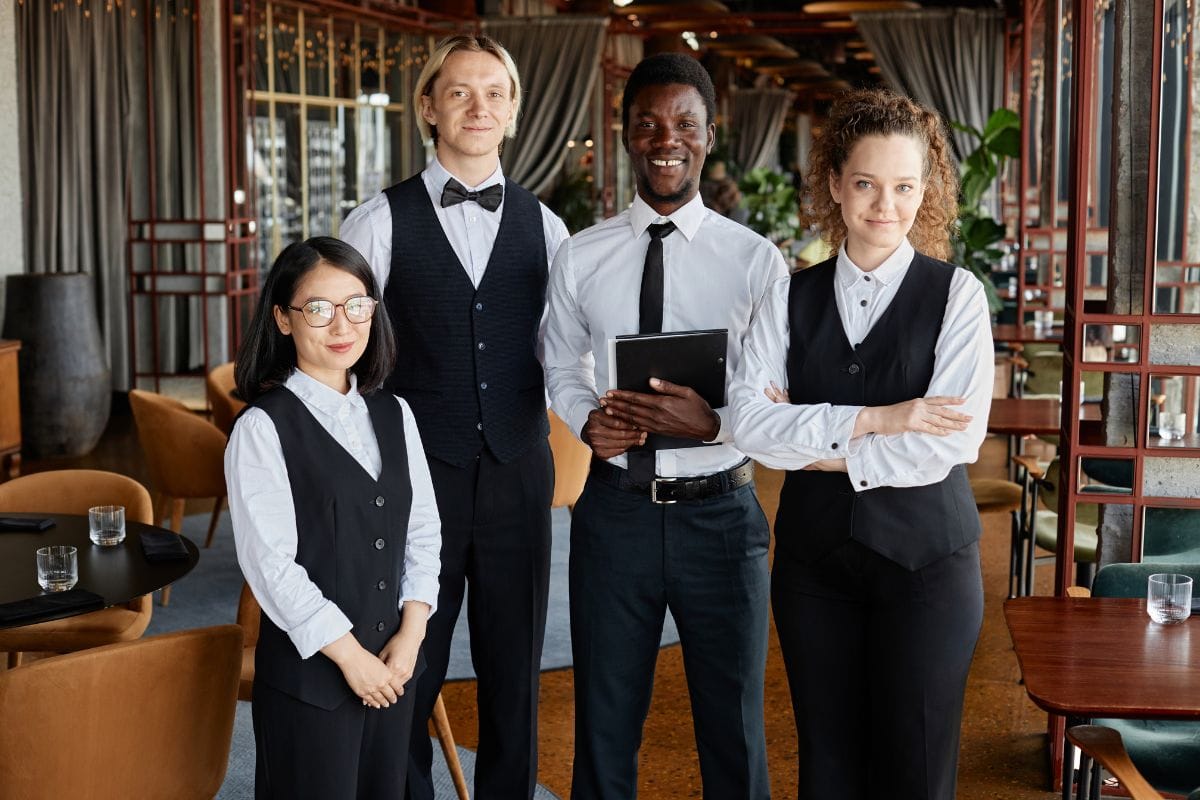
Fine dining isn’t just about the food; it’s about precision, artistry, and top-tier customer service. The chefs, sommeliers, and servers at high-end restaurants are often highly trained professionals with years of experience.
These establishments pay their staff well, and those costs trickle down to the customer. The level of attention and care put into every dish—from knife cuts to temperature precision—adds to the labor-intensive nature of fine dining, driving up prices.
Related Post: 12 Grocery Store Perks Boomers Had That Millennials Will Never Experience
4. Exclusive Wine and Cocktail Menus Have Huge Markups
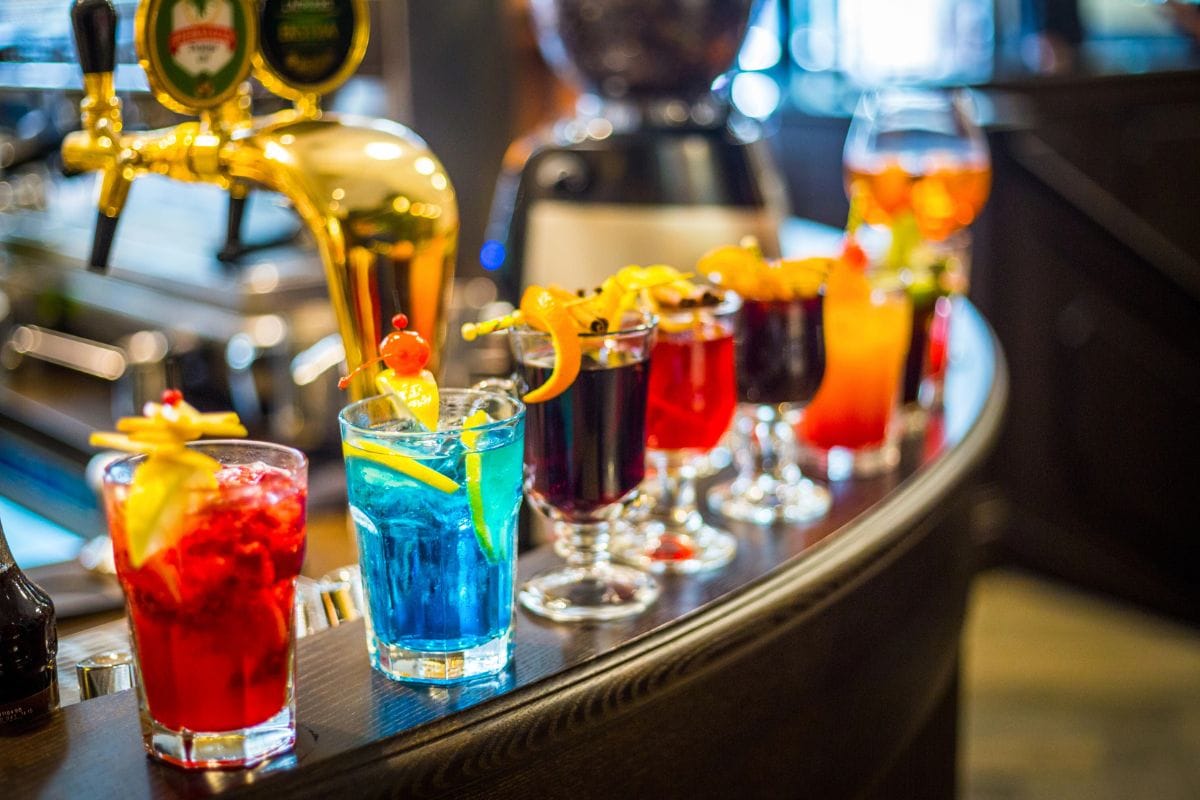
Alcohol sales are a major profit driver for restaurants, but at high-end establishments, the markup can be astronomical. A bottle of wine that retails for $50 at a store might cost $150 or more at a fine dining restaurant.
Custom cocktails with house-made syrups and rare spirits also come with a hefty upcharge. Restaurants count on the fact that patrons will splurge on drinks, significantly increasing their profit margins.
Sign up now to receive our exclusive e-cookbook filled with top-rated recipes for FREE!
5. Limited Seating Creates Scarcity Pricing

Many fine-dining restaurants intentionally limit the number of tables available each night, making a reservation feel like an exclusive event. With fewer guests served, they must charge higher prices to maintain their revenue.
This scarcity pricing also fuels demand—if a restaurant is known for being hard to book, diners are often willing to pay a premium just for the opportunity to experience it. Exclusivity adds value, and that value comes at a cost.
Related Post: 14 Food Industry Secrets That Will Make You Question What You Buy
6. Presentation and Plating Elevate the Cost
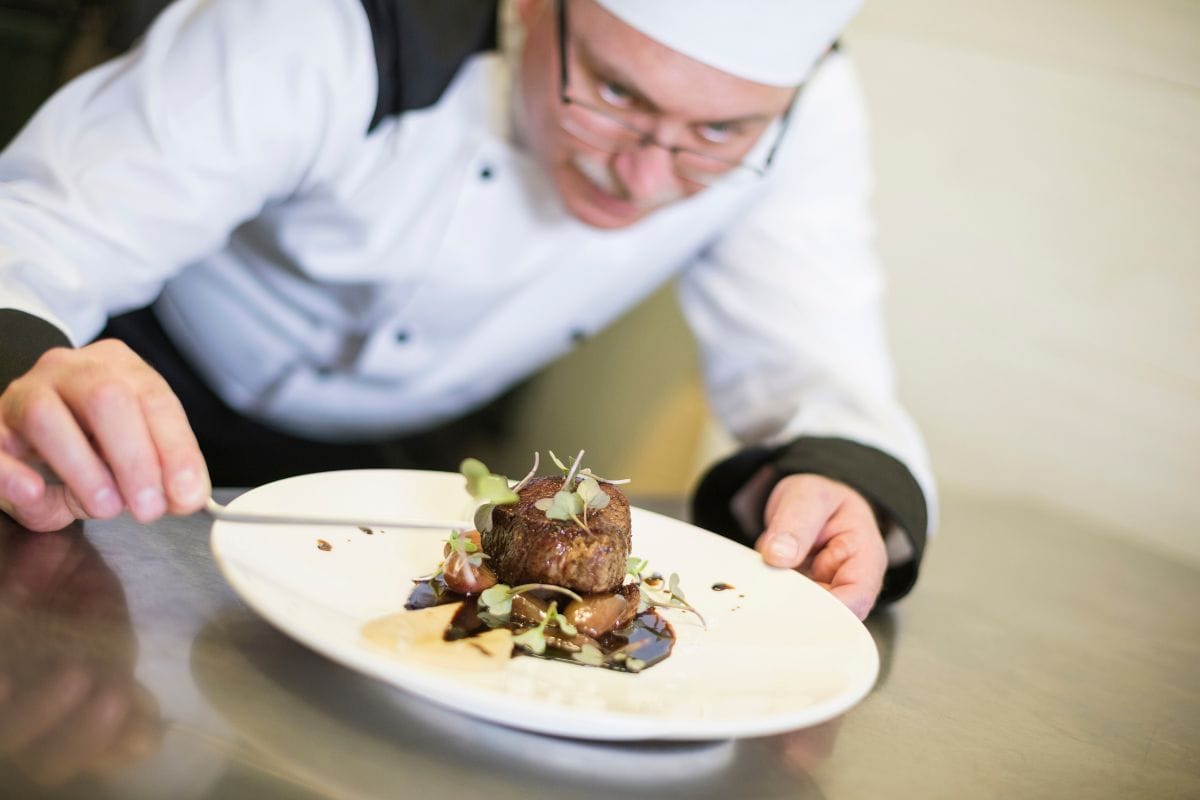
Fine dining is as much about artistry as it is about taste. Many high-end restaurants take great pride in their plating, using intricate designs, edible flowers, gold leaf, and custom tableware to enhance the visual appeal.
These small touches create a sense of luxury, but they also contribute to higher costs. Custom-designed plates, handcrafted serving pieces, and intricate food styling all add to the overall expense of the dining experience.
Related Post: 8 Everyday Foods Facing Higher Prices Under Trump’s Tariffs
7. Brand Reputation and Prestige Play a Role
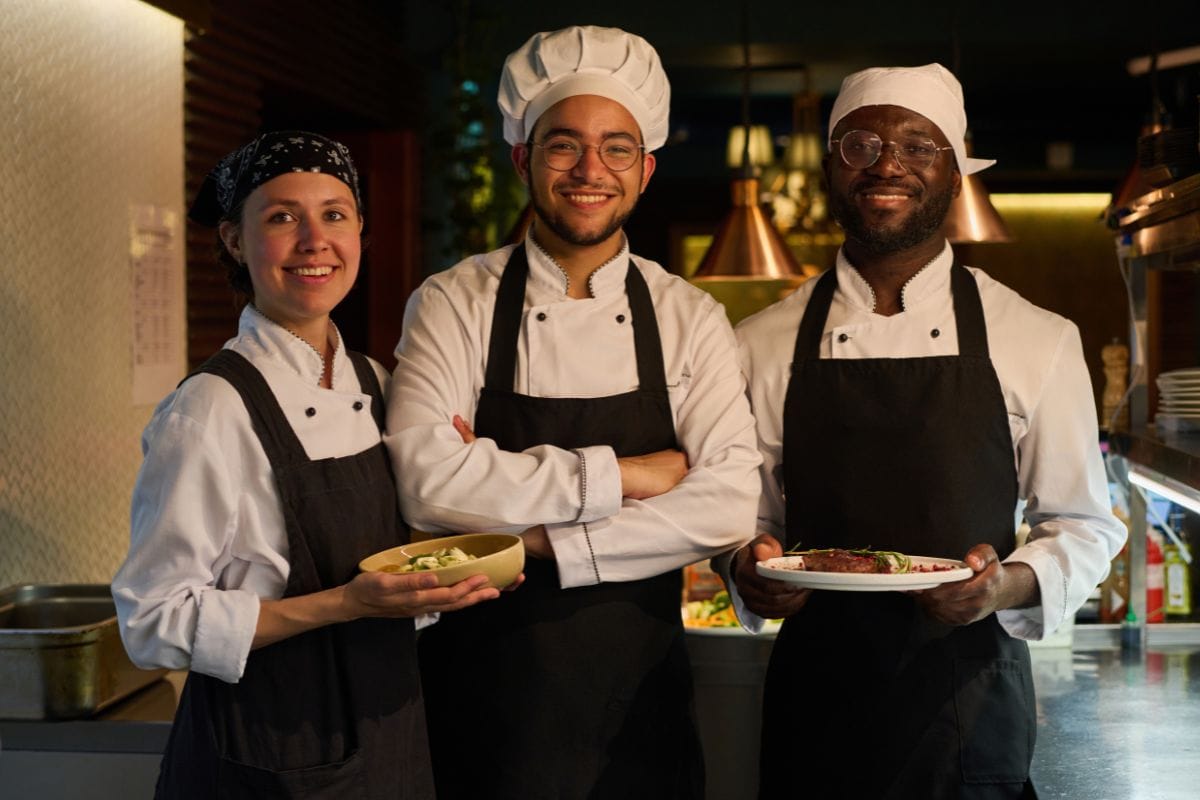
Michelin stars, James Beard awards, and celebrity chef names all carry weight in the fine-dining industry. Restaurants with prestigious accolades can command higher prices simply because of their reputation.
When people dine at these establishments, they’re not just paying for a meal—they’re paying for a status symbol. The exclusivity and prestige associated with a high-end restaurant make it easier for them to justify steep pricing.
Sign up now to receive our exclusive e-cookbook filled with top-rated recipes for FREE!
Final Thoughts
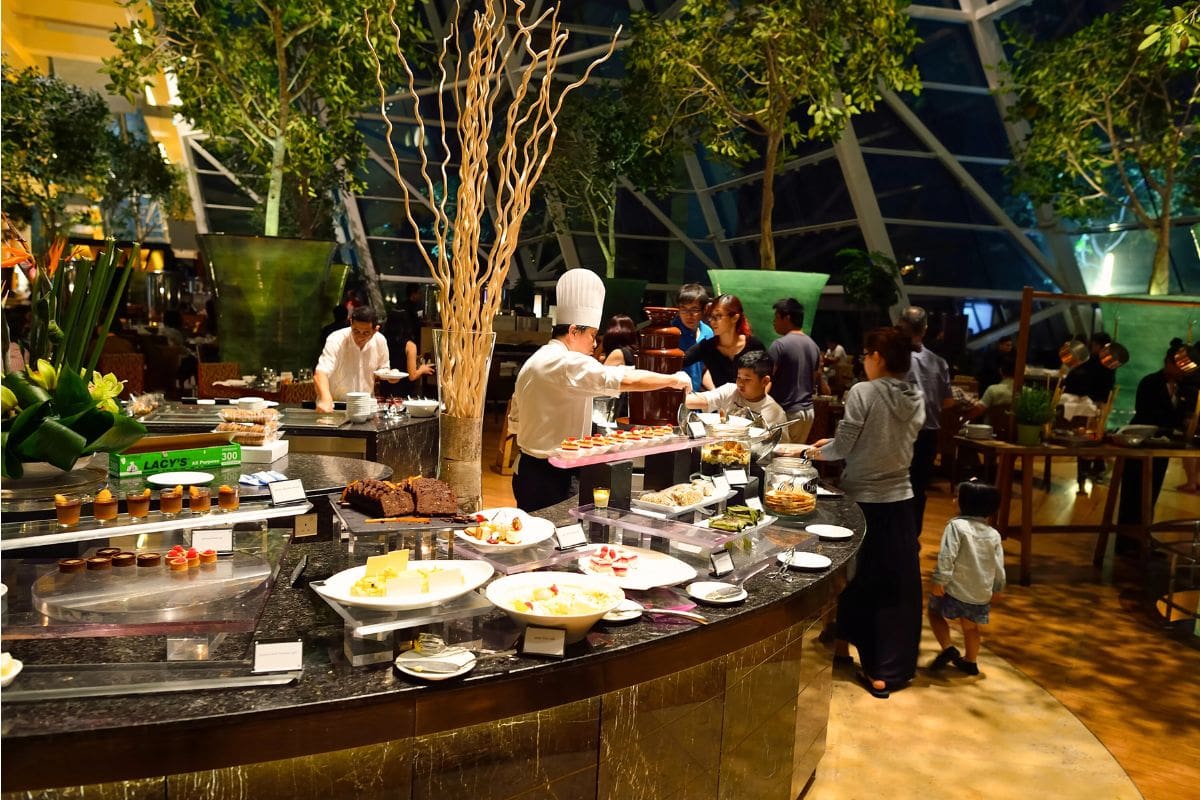
High-end restaurants overcharge not just for the food itself, but for the experience, exclusivity, and reputation that come with dining at an elite establishment.
While some of these factors—like quality ingredients and skilled chefs—are justifiable costs, others are driven by marketing, brand prestige, and the desire to create a luxurious, sought-after atmosphere. Whether or not it’s worth the price depends on how much you value the full fine-dining experience.
Disclaimer: This list is solely the author’s opinion based on research and publicly available information.
10 Old-School Restaurant Chains That Barely Exist Now
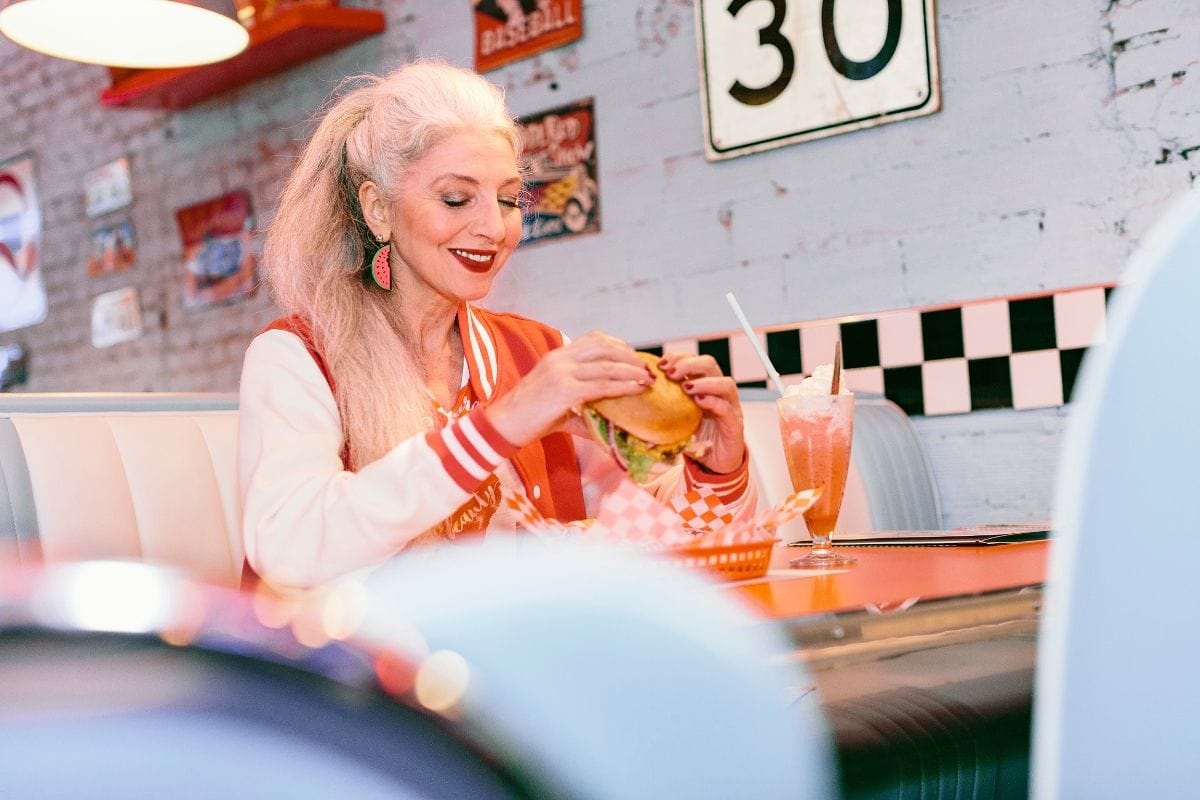
America has seen its fair share of beloved restaurant chains come and go. While some nostalgic favorites have completely disappeared, others are hanging on by a thread, with only a handful of locations left. These restaurants once thrived, serving up classic American comfort food, burgers, and shakes to generations of diners.
Read it here: 10 Old-School Restaurant Chains That Barely Exist Now
11 Expensive Grocery Items That Are Cheaper in a Different Aisle

Grocery stores are designed to make you spend more than necessary, often by placing similar products in different aisles with dramatically different price tags. Many shoppers unknowingly pay premium prices for items that can be found cheaper just a few shelves away. By knowing where to look, you can save big on everyday essentials.
Read it here: 11 Expensive Grocery Items That Are Cheaper in a Different Aisle
15 Sneaky Corporate Tricks That Make You Spend More Without Realizing

From grocery stores to online retailers, corporations use a variety of subtle tactics to get you to spend more than you intended. These psychological tricks make purchases feel like good deals, even when they aren’t. The more you understand these sneaky marketing strategies, the better you can resist unnecessary spending and keep your budget in check.
Read it here: 15 Sneaky Corporate Tricks That Make You Spend More Without Realizing
Is Walmart+ Still Worth It in 2025? The Truth After 3 Years

Could you be missing out on major savings and life-changing convenience? After three years with Walmart+, I’m sharing the honest truth about what’s worth it—and what’s not. Don’t sign up (or skip out!) without reading this first!
Read it here: Is Walmart+ Worth It? Honest Review 3 Years Later!
You’ll love these related posts:
